'An oasis surrounded by countryside' for sale in the heart of the Cotswolds
With 30 acres of gardens and grounds and 9,500sq ft of living space, Purton House in Church End is a family home that spans the generations.
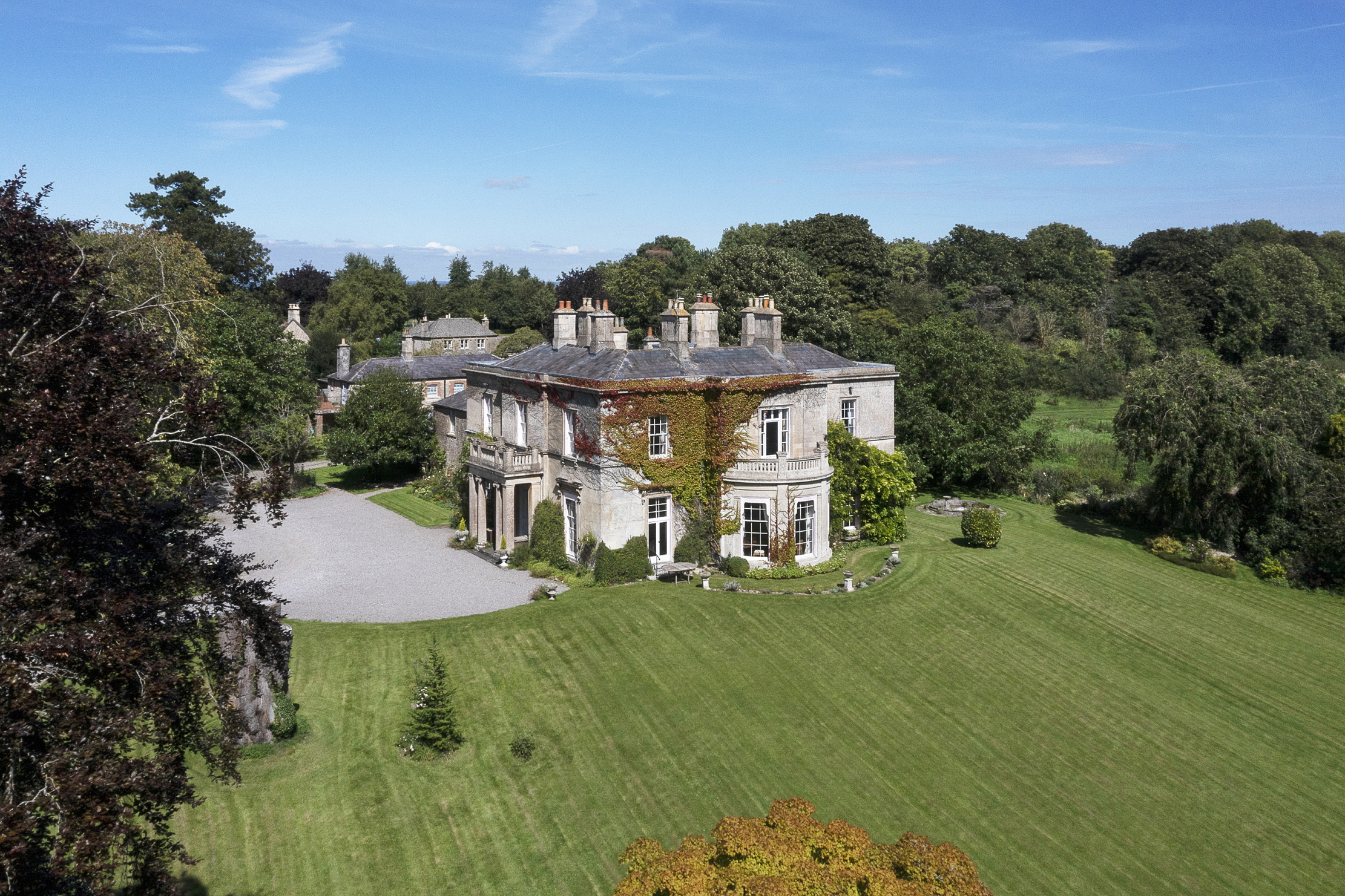

On the market for the first time in almost 50 years is an imposing Georgian home in the form of Purton House, with 30 acres of land at Church End, Purton, on the Gloucestershire/Wiltshire border. Selling agent Charles Elsmore-Wickens of Savills in Oxford quotes a guide price of £2.75 million for the much-loved home of the Barkers, which sits 14 miles south of Cirencester and five miles west of Swindon, and has been a much-loved family home for half a century.
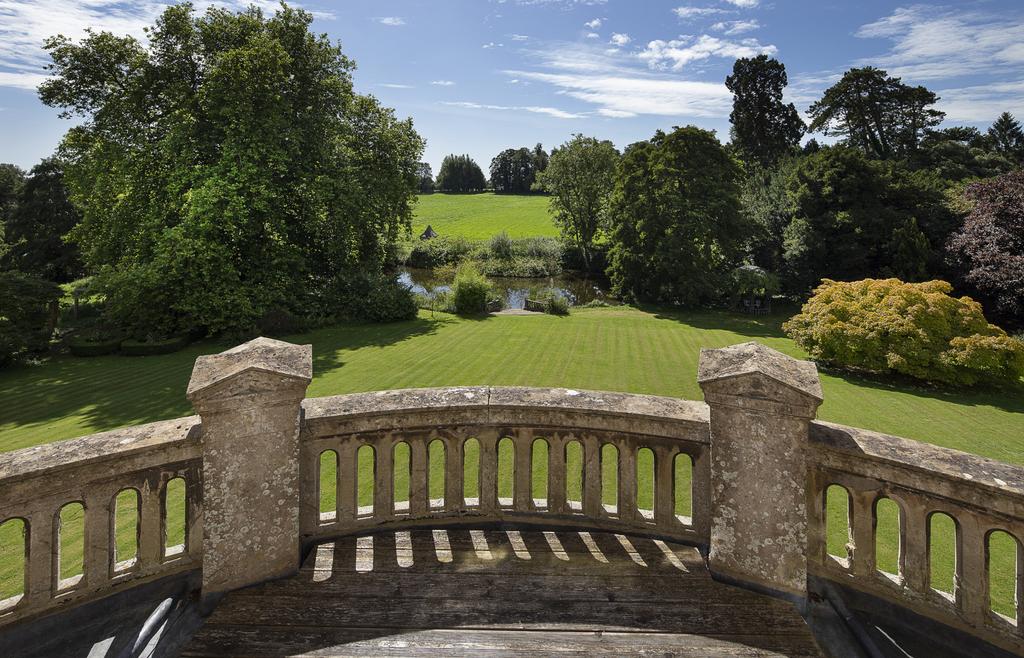
There has been a house of importance on the site since medieval times, when Purton was part of the vast land holdings of Malmesbury Abbey, much of which was leased to wealthy tenants. Church End stands on a limestone ridge, which provided a ready supply of good building stone and, for centuries, the rent from a substantial house called Chamberlains (later Purton House) funded the office of the abbey’s chamberlain.
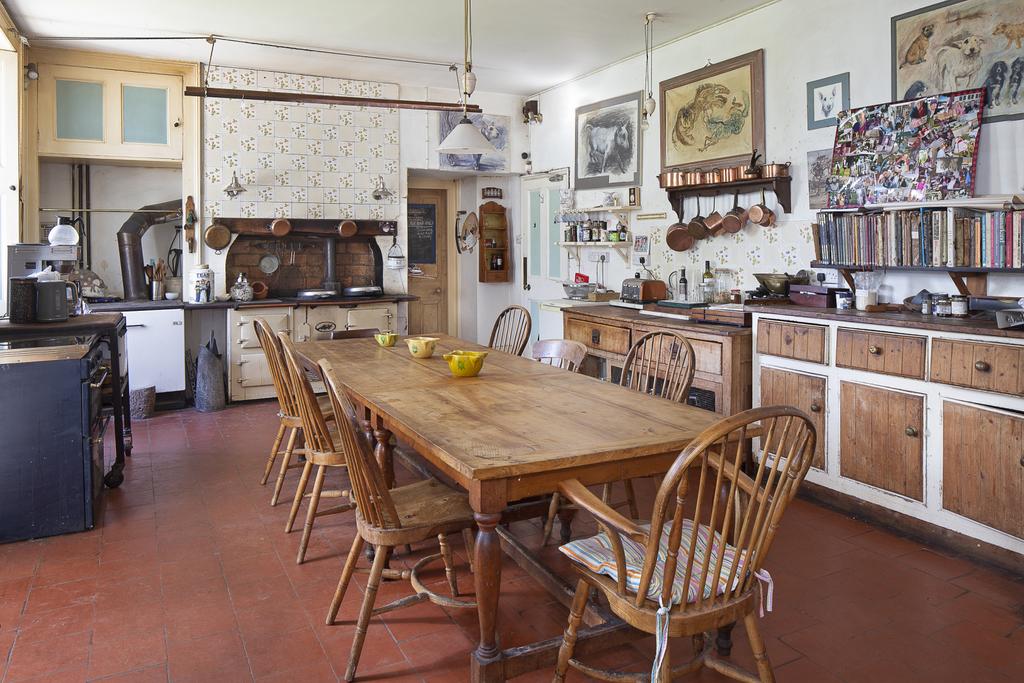
Following the Dissolution in 1539, the Crown granted the manor of Purton to Sir Edmund Bridges, later 2nd Lord Chandos, who rebuilt the manor house and, in 1669, sold Chamberlains and its surrounding land to Francis Goddard. Goddard was succeeded there by his sons, Edward and Anthony, and his grandson, Richard, whose only daughter married Capt Robert Wilsonn RN. The Goddards modernised the house, laid out the grounds and created an ornamental lake from the medieval fish ponds. In 1824, the Wilsonns’ eldest daughter, Sarah, married Richard Miles, who bought Purton House from his mother-in-law in 1829.
Between 1829 and his death in 1839, Richard Miles replaced the Goddards’ old house with the present symmetrical, three-bay Purton House, which was faced with the local ashlar, but retained parts of the earlier interior. He created a new western entrance and a central porch and added new offices, a coach house and stables. The coach house, which has its own entrance, is now in separate ownership.
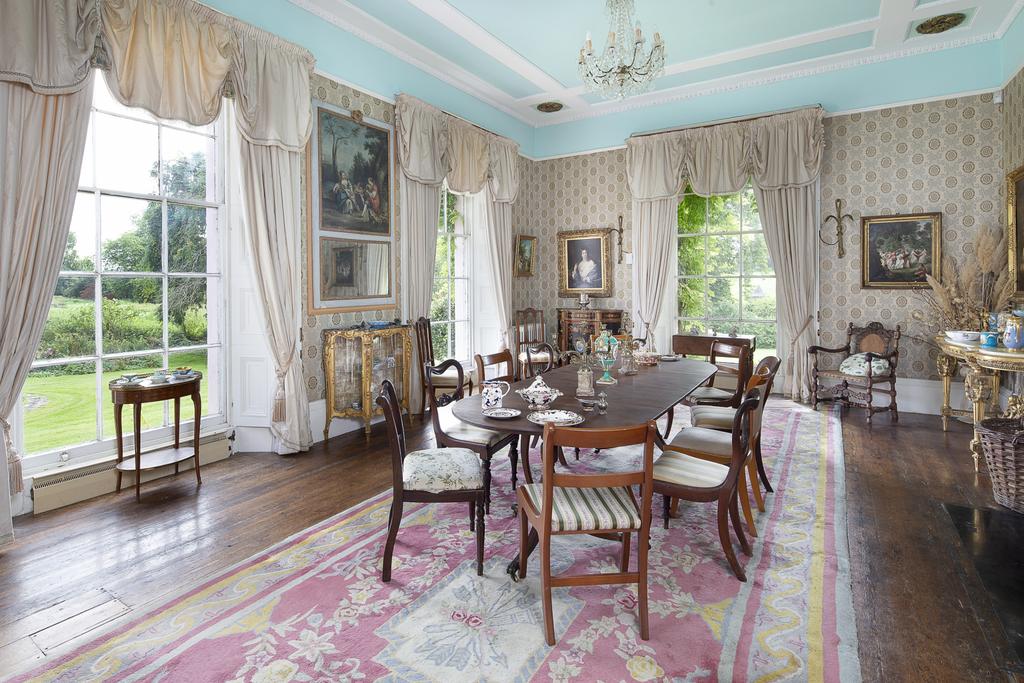
In 1840, Sarah Miles sold Purton House with its grounds and additional land to a cousin, Horatio Nelson Goddard, who, three years later, sold the estate to Maj Mervyn Prower, the son of the vicar of Purton. In 1878, the Prower family sold the estate to Sir Charles Brooke, 2nd Rajah of Sarawak, who had married a Wiltshire bride. Unfortunately, the Ranee couldn’t abide the sound of the church bells, which in those days rang all day whenever a parishioner died, and the house was soon let to the Russell family, who eventually bought it in 1899. From 1931–76, Purton House was owned by the Wilson Fitzgerald family, who sold it to Mr and Mrs Barker, since when it has remained wonderfully unaltered, apart from essential maintenance and decoration.
Purton House sits centrally within its 30 acres, with uninterrupted views over its garden, lakes and land. The house offers 9,580sq ft of beautifully configured living space, including a central, light-filled hallway, three fine reception rooms, a snug, kitchen, conservatory, study, various domestic offices, cellars and store rooms, with eight bedrooms and four bathrooms on the first floor. The north wing, currently used as a self-contained one-bedroom annexe, could easily be reintegrated within the main house.
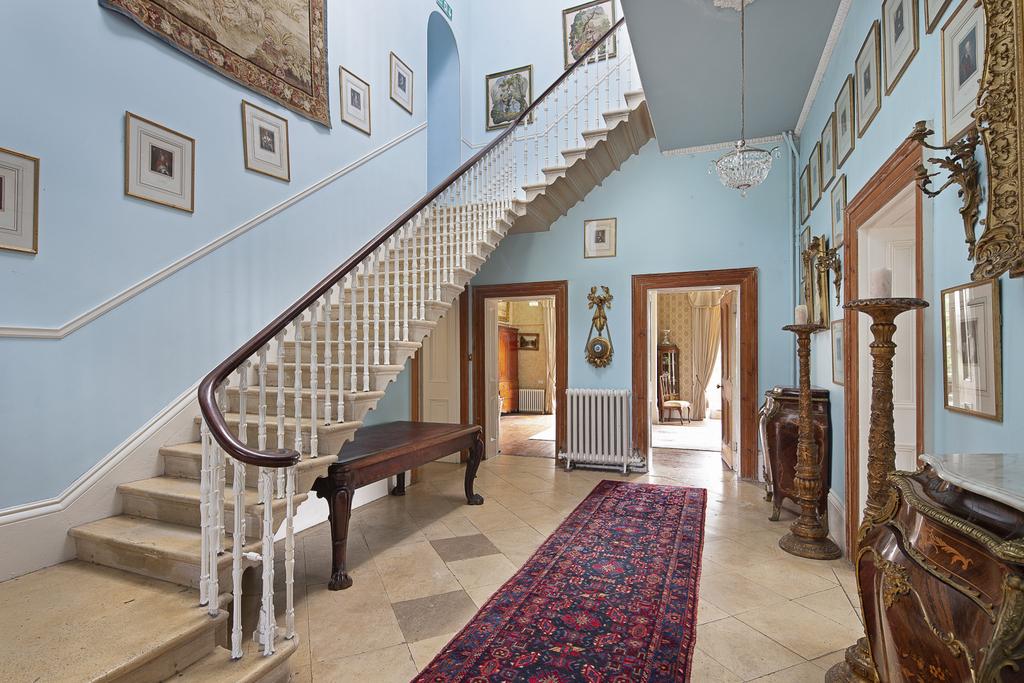
Original architectural detail abounds. This includes large floor-to-ceiling sash windows with original shutters, panelled doors, decorative plasterwork, panelled walls and ceilings and cast-iron fireplaces with marble surrounds. The impressive stone cantilevered staircase is said to be one of few of its kind in the country.
Sign up for the Country Life Newsletter
Exquisite houses, the beauty of Nature, and how to get the most from your life, straight to your inbox.
Sisters Alice Edgcumbe-Rendle and Ibby Southerden recall growing up at Purton House alongside their siblings, Talia, Glenn, Rowie and James: ‘We loved the freedom of Purton House. To us, it was an oasis surrounded by countryside. We spent most of our time outside, either on ponies or splashing about in the lake — a lovely spot for cold-water swimming. As teenagers, we had some great parties in the cellars.
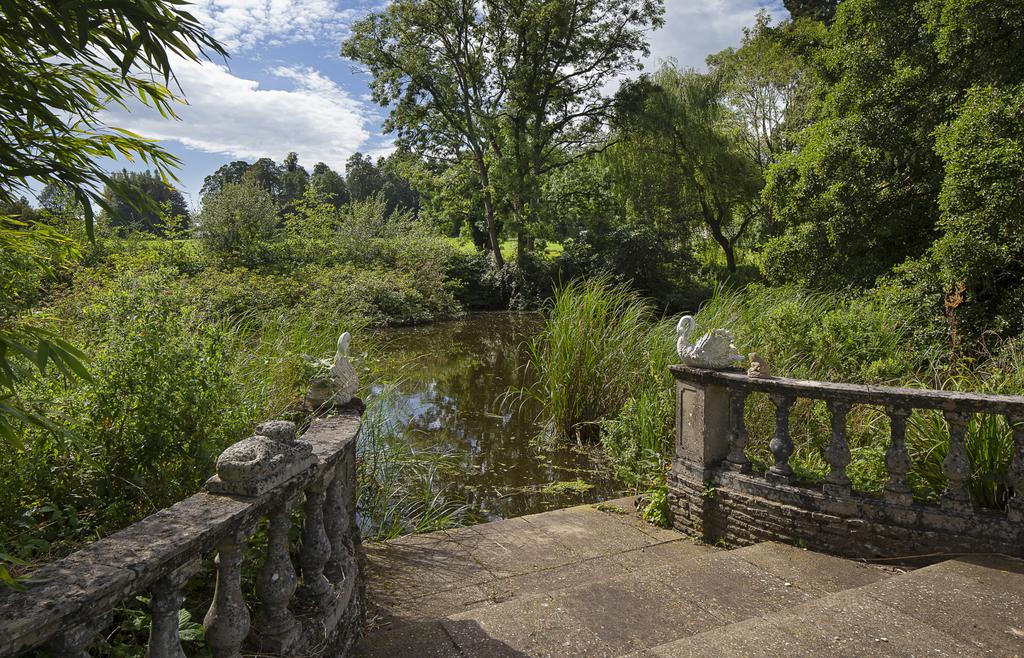
‘Our parents ran the land as a small farm. We had two cows, which we milked every day, and we had our own organic vegetables. Our father had a couple of horses and we children had ponies. When we grew up, the house was filled with 23 grandchildren, all coming and going over the years. We were always fed, watered and entertained, no matter what time of the day or night one of us appeared. When our mother sadly died last year, we decided that the time had come for another family to make their own memories here.’

Credit: Strutt and Parker
Best country houses for sale this week
An irresistible West Country cottage and a magnificent Cumbrian country house make our pick of the finest country houses for
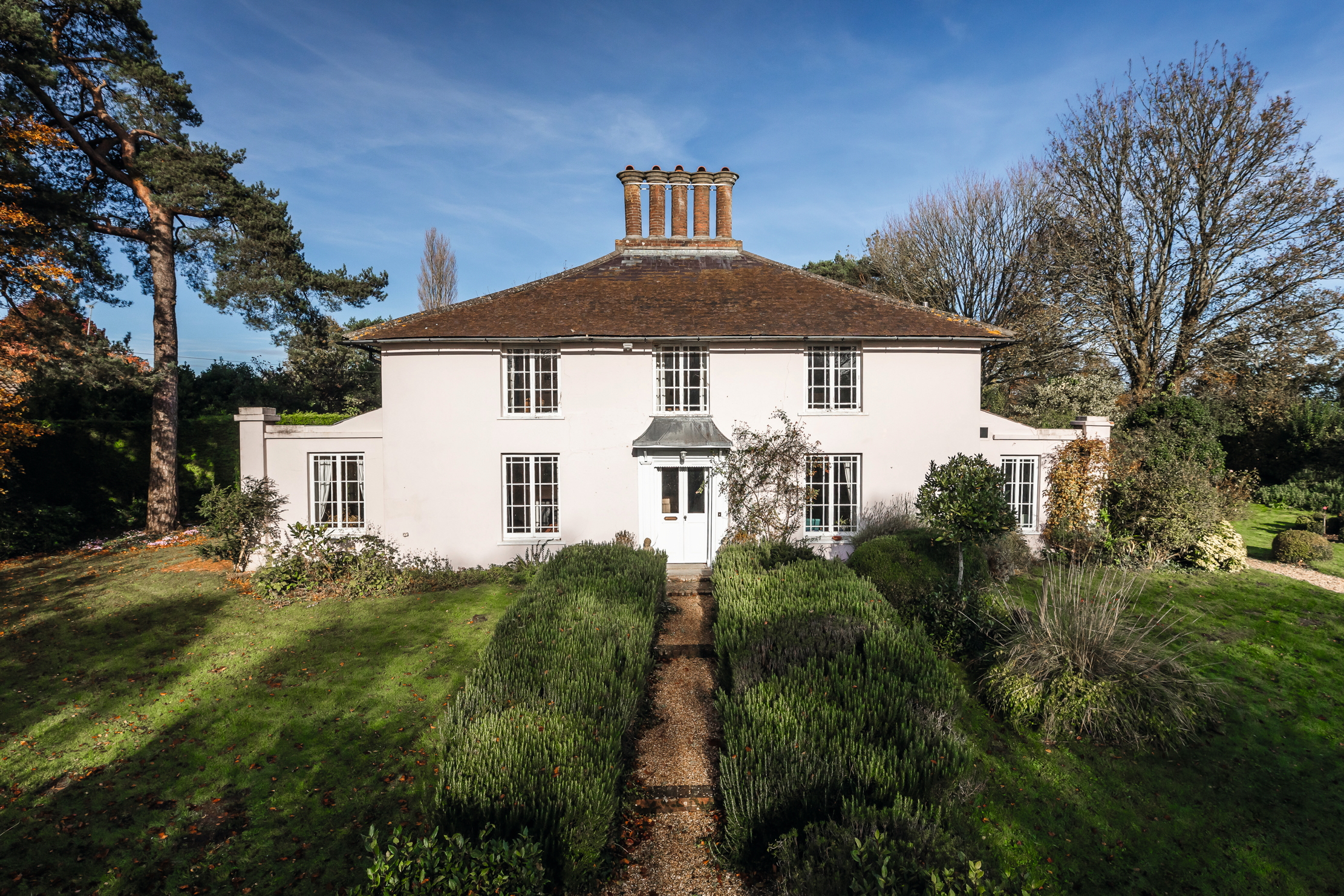
Credit: Savills
A handsome Georgian villa in a quiet and sought-after Dorset village
Grade II-listed Church Villa sits in the heart of a tranquil village, five miles from the mainline railway at Wareham,
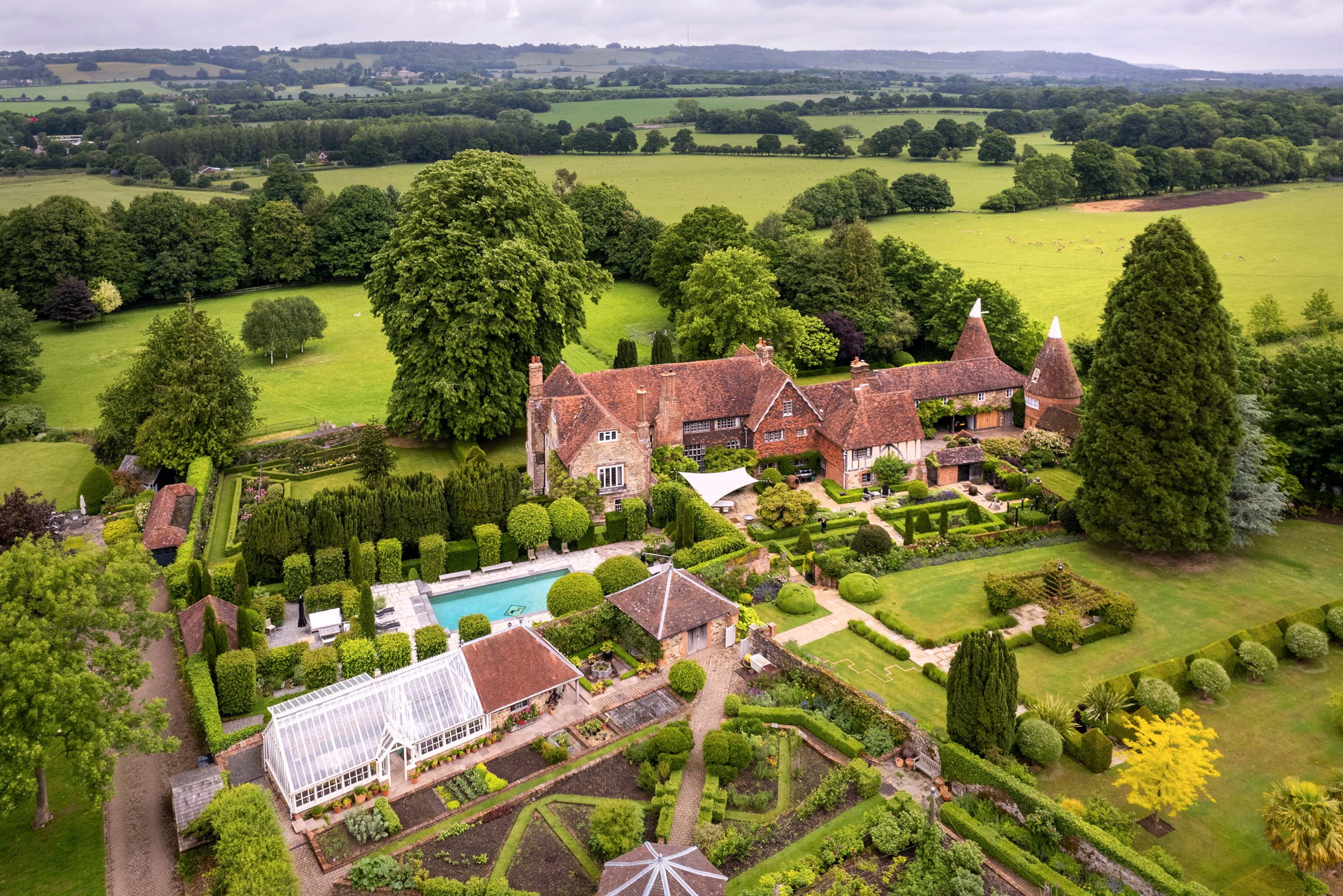
Credit: Knight Frank
An enhanced Elizabethan Manor house in Kent with gardens by Gertrude Jekyll
With 9,400sq ft of living space and almost eight acres of gardens, Stonepitts Manor near Seal Chart is a rose
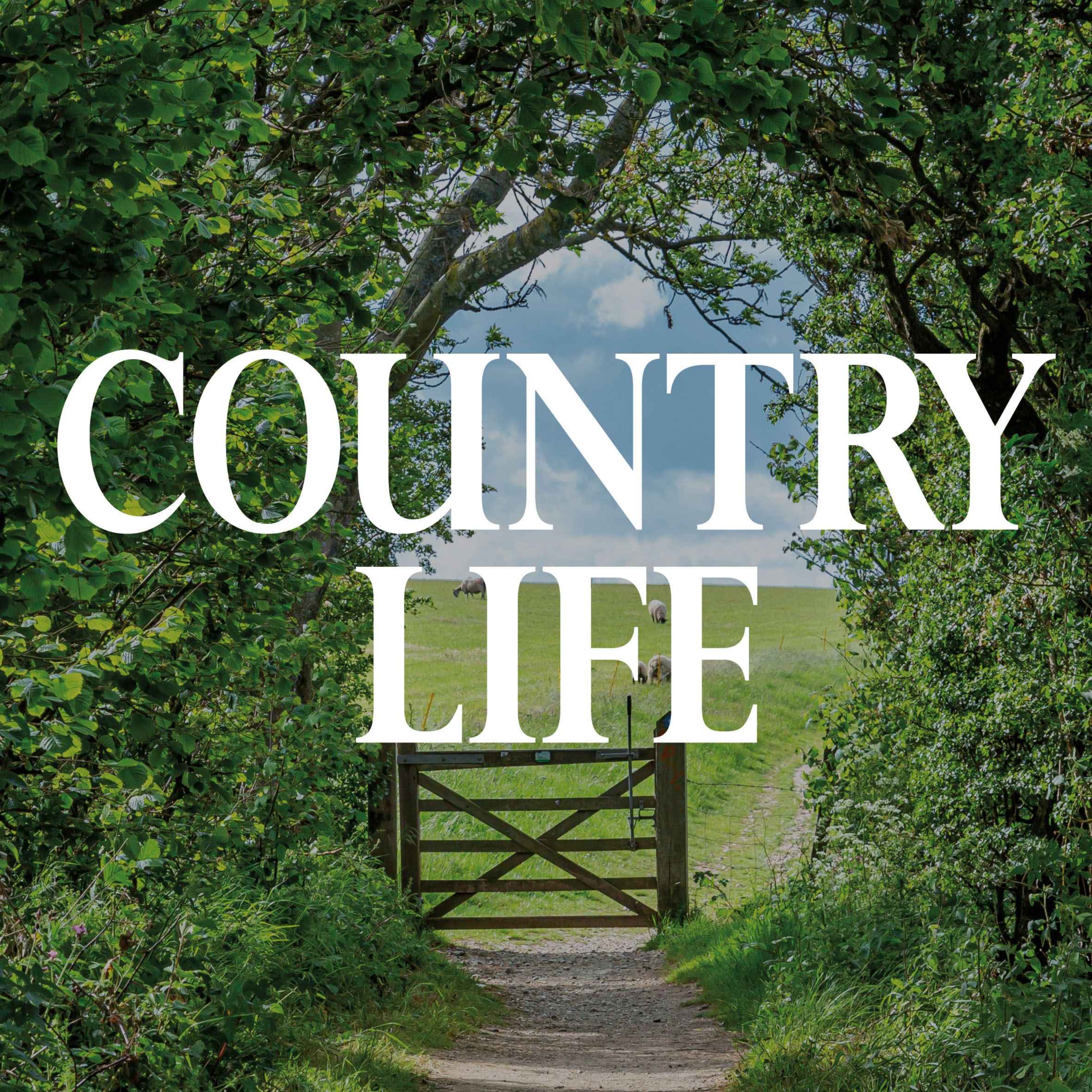
The Country Life Podcast
Listen to all the episodes of the Country Life Podcast.
-
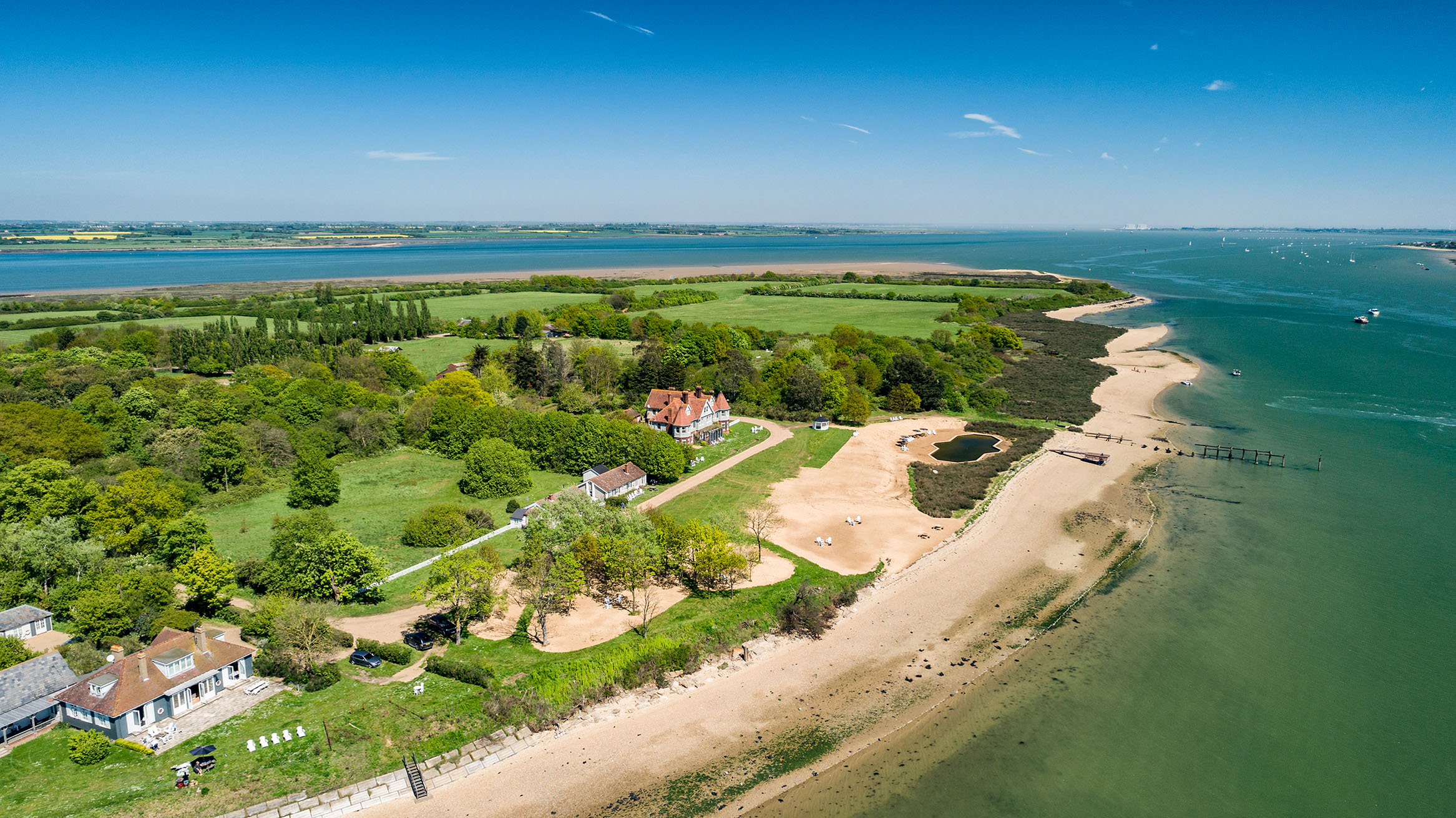 380 acres and 90 bedrooms on the £25m private island being sold by one of Britain's top music producers
380 acres and 90 bedrooms on the £25m private island being sold by one of Britain's top music producersStormzy, Rihanna and the Rolling Stones are just a part of the story at Osea Island, a dot on the map in the seas off Essex.
By Lotte Brundle Published
-
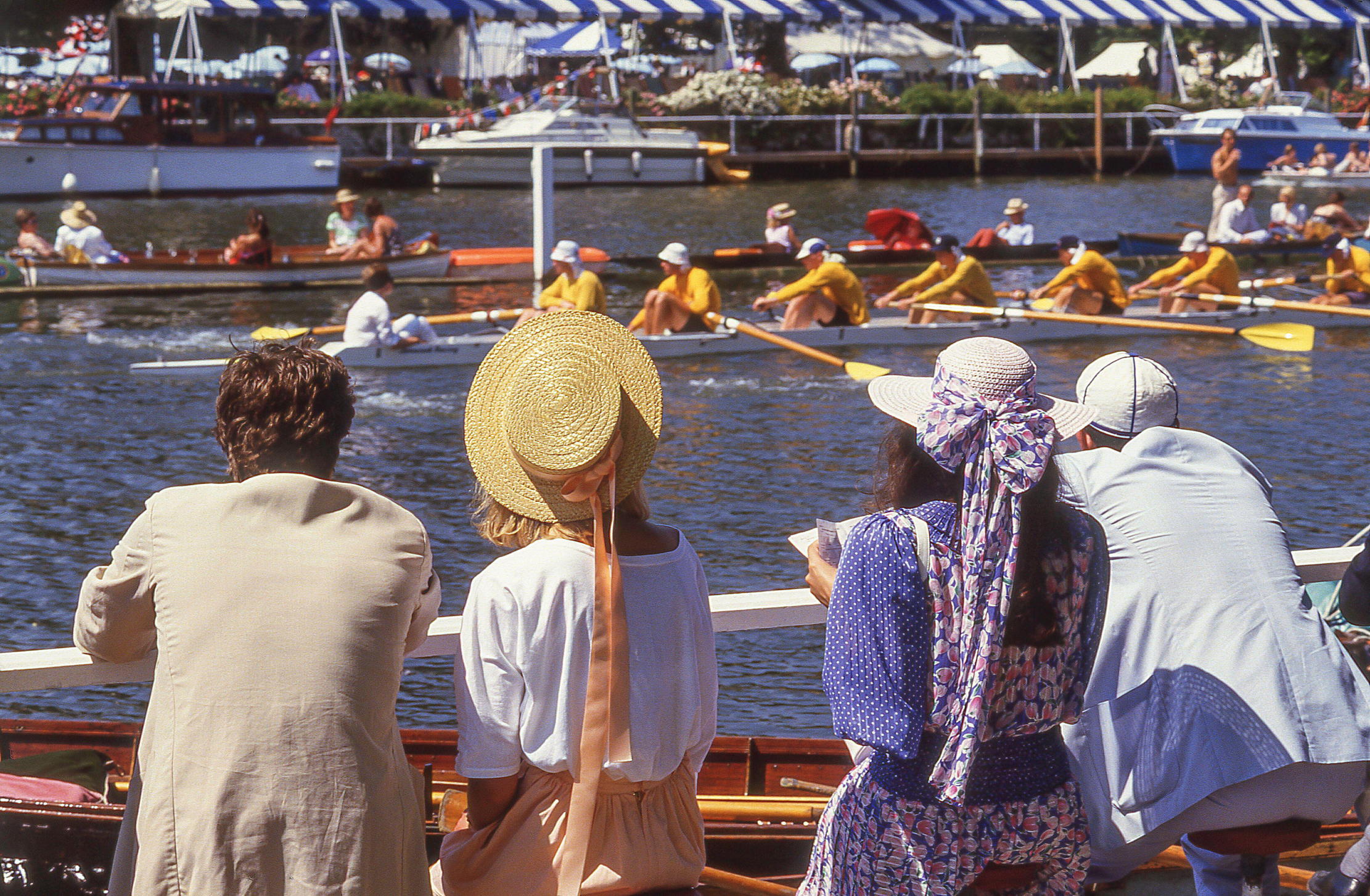 'A delicious chance to step back in time and bask in the best of Britain': An insider's guide to The Season
'A delicious chance to step back in time and bask in the best of Britain': An insider's guide to The SeasonHere's how to navigate this summer's top events in style, from those who know best.
By Madeleine Silver Published
-
 380 acres and 90 bedrooms on the £25m private island being sold by one of Britain's top music producers
380 acres and 90 bedrooms on the £25m private island being sold by one of Britain's top music producersStormzy, Rihanna and the Rolling Stones are just a part of the story at Osea Island, a dot on the map in the seas off Essex.
By Lotte Brundle Published
-
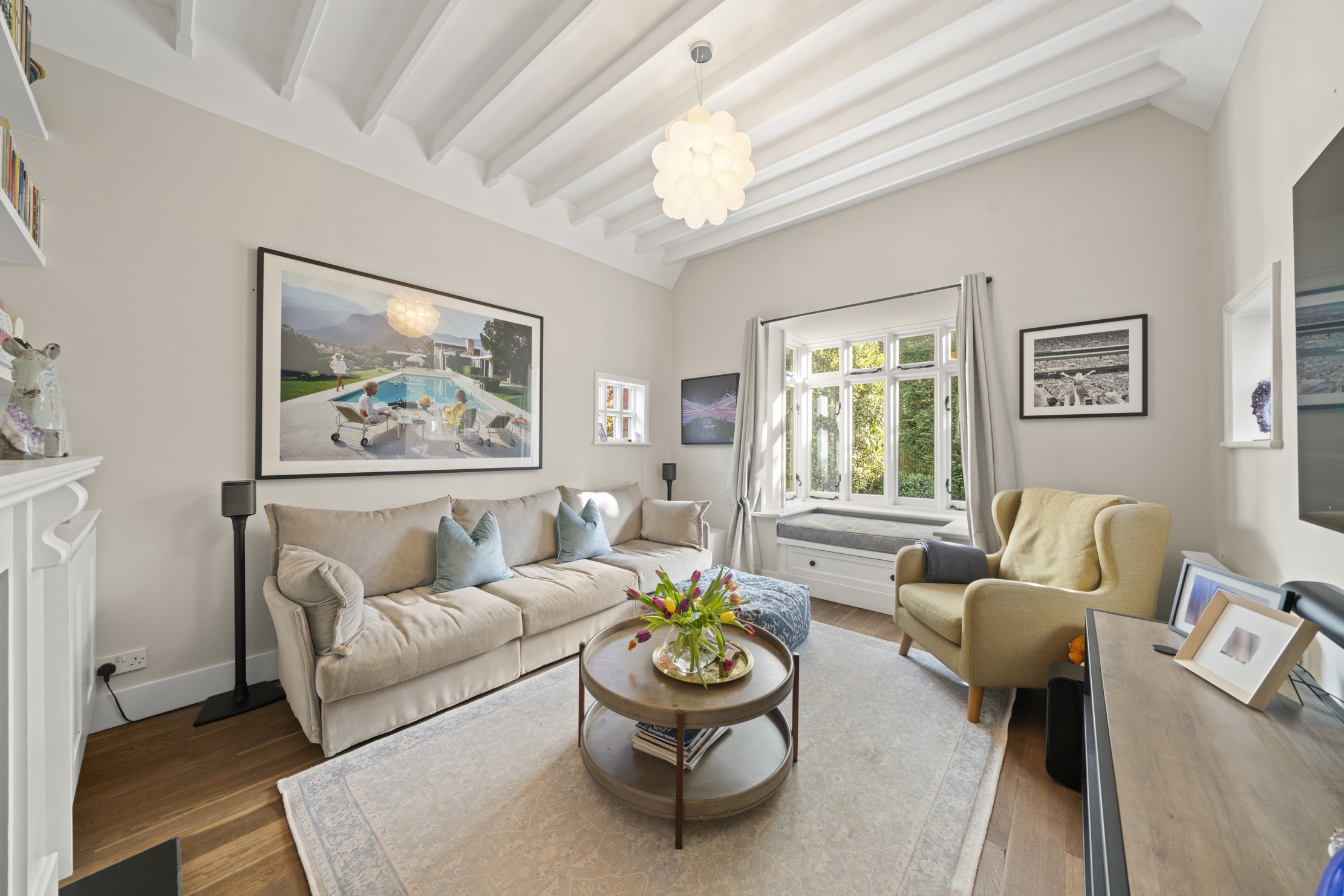 A home cinema, tasteful interiors and 65 acres of private parkland hidden in an unassuming lodge in Kent
A home cinema, tasteful interiors and 65 acres of private parkland hidden in an unassuming lodge in KentNorth Lodge near Tonbridge may seem relatively simple, but there is a lot more than what meets the eye.
By James Fisher Published
-
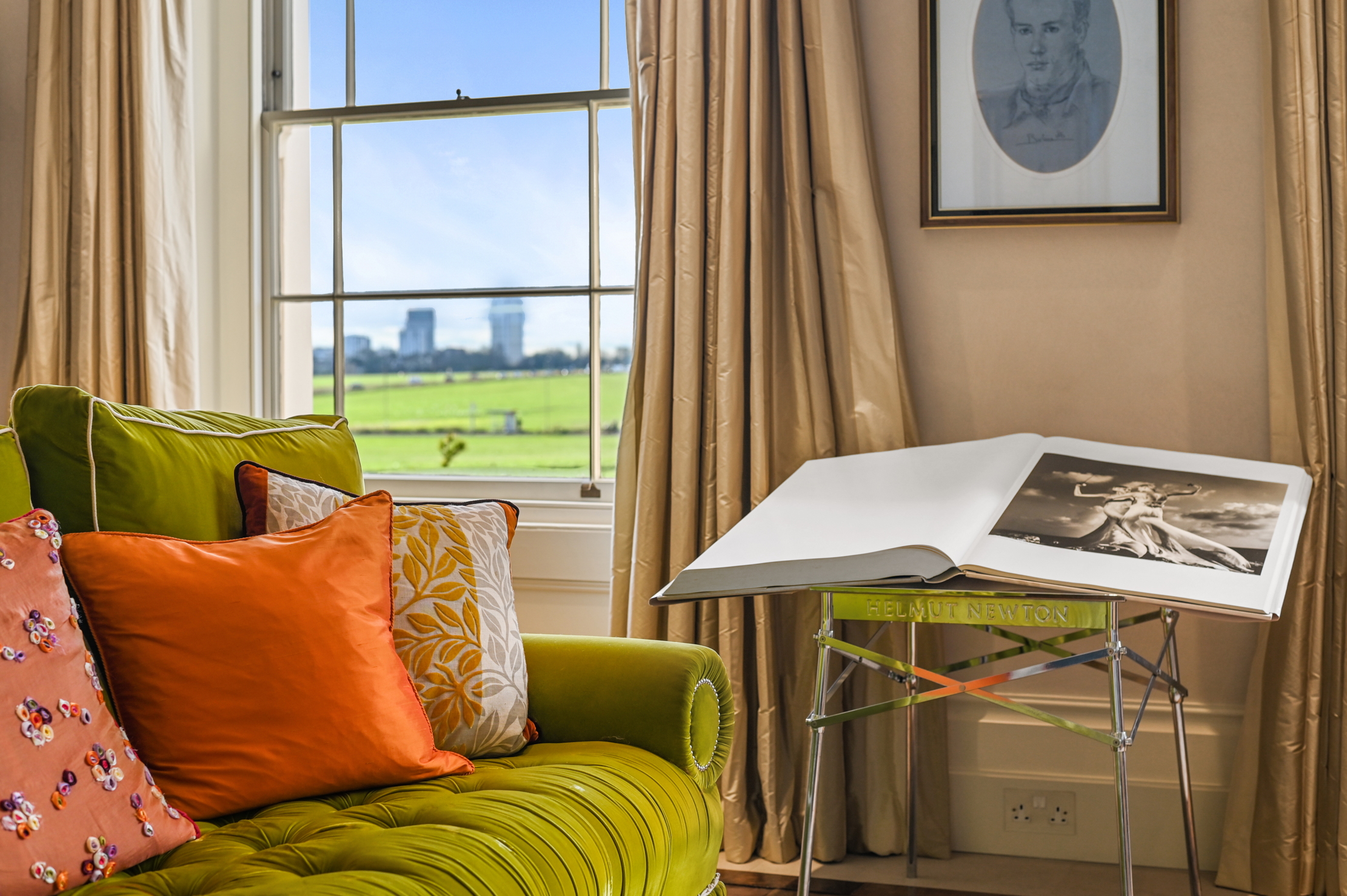 A rare opportunity to own a family home on Vanbrugh Terrace, one of London's finest streets
A rare opportunity to own a family home on Vanbrugh Terrace, one of London's finest streetsThis six-bedroom Victorian home sits right on the start line of the London Marathon, with easy access to Blackheath and Greenwich Park.
By James Fisher Published
-
 A tale of everyday life as lived on Britain's most expensive street
A tale of everyday life as lived on Britain's most expensive streetWinnington Road in Hampstead has an average house price of £11.9 million. But what's it really like? Lotte Brundle went to find out.
By Lotte Brundle Last updated
-
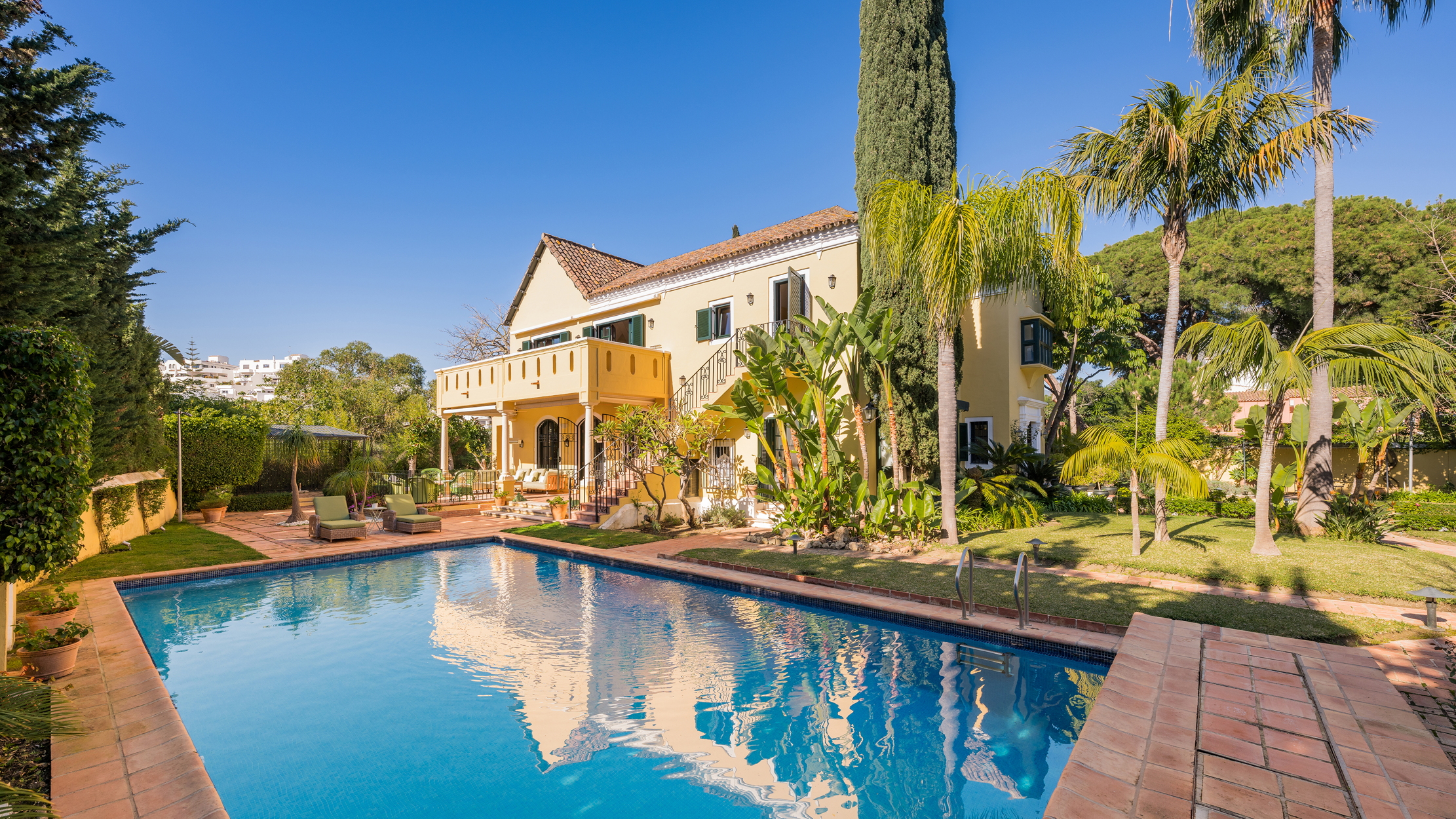 Damon Hill's former home in Marbella is the perfect place to slow down
Damon Hill's former home in Marbella is the perfect place to slow downThe glorious Andalusian-style villa is found within the Lomas de Marbella Club and just a short walk from the beach.
By James Fisher Published
-
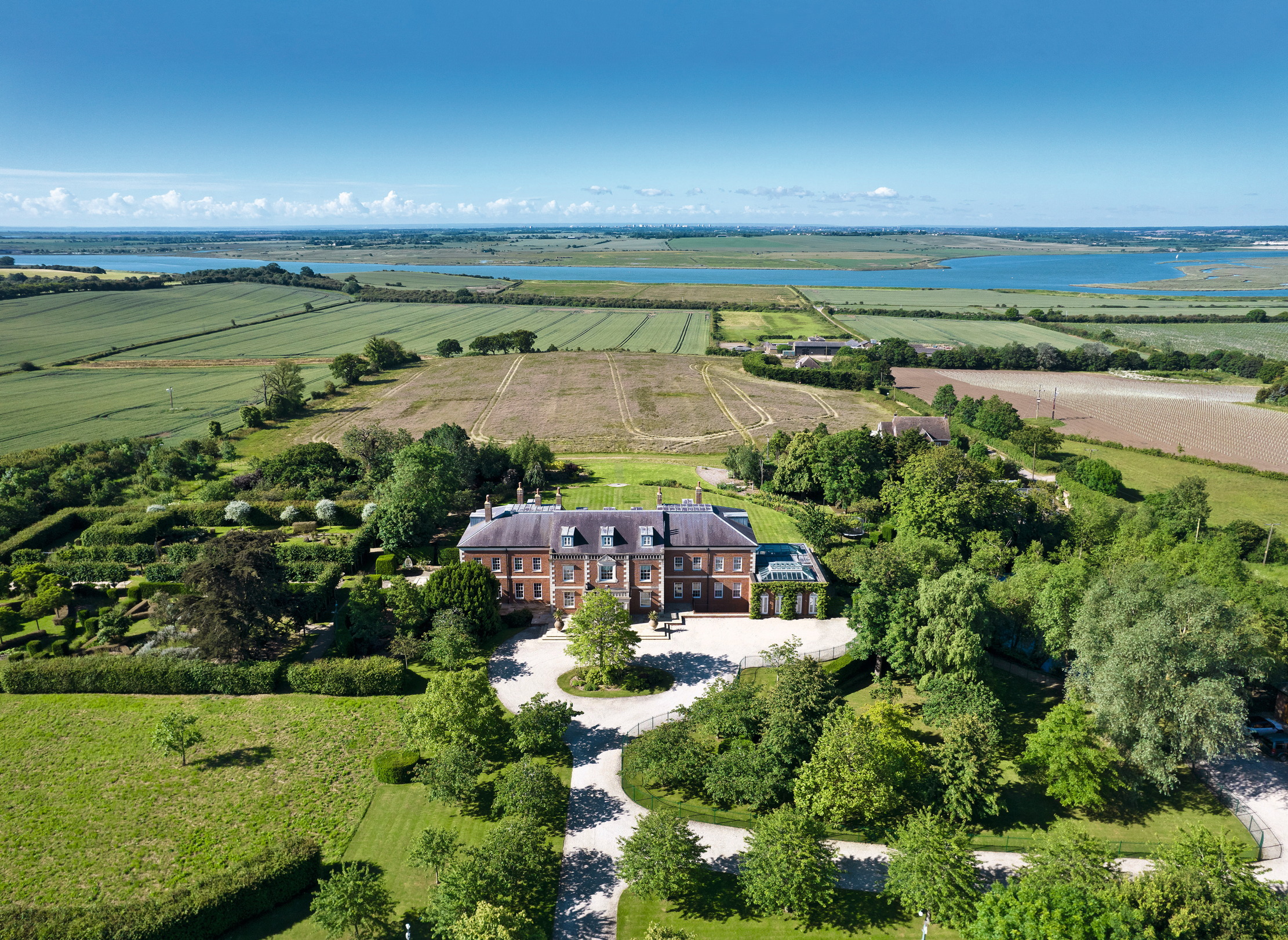 A 327-acre estate in the heart of 'England’s Côte d’Or', with a 26,000sq ft Georgian style home at its heart
A 327-acre estate in the heart of 'England’s Côte d’Or', with a 26,000sq ft Georgian style home at its heartStokes Hall in the Crouch Valley is an inspiring property looking for a new owner.
By Penny Churchill Published
-
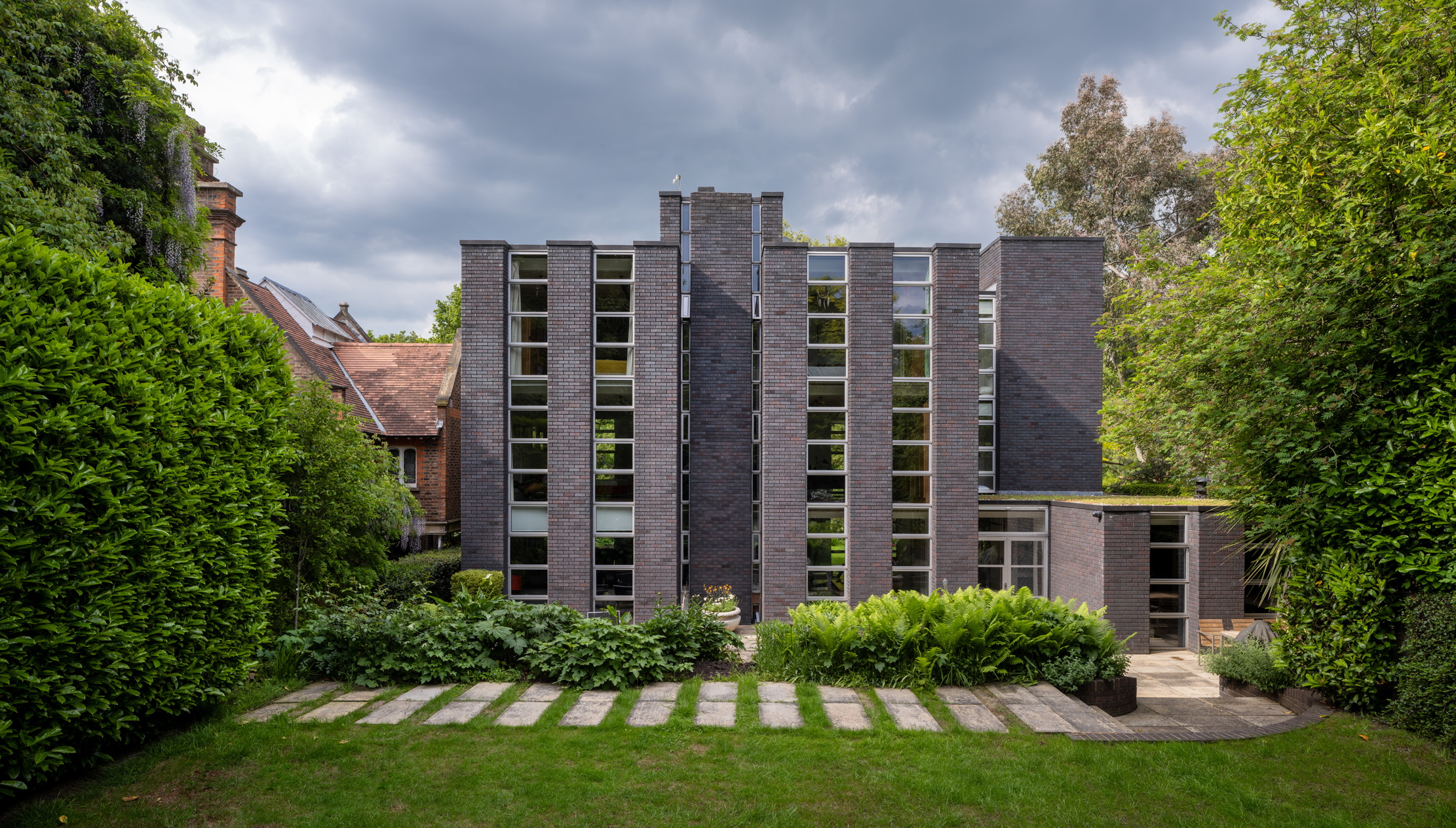 Schreiber House, 'the most significant London townhouse of the second half of the 20th century', is up for sale
Schreiber House, 'the most significant London townhouse of the second half of the 20th century', is up for saleThe five-bedroom Modernist masterpiece sits on the edge of Hampstead Heath.
By Lotte Brundle Published
-
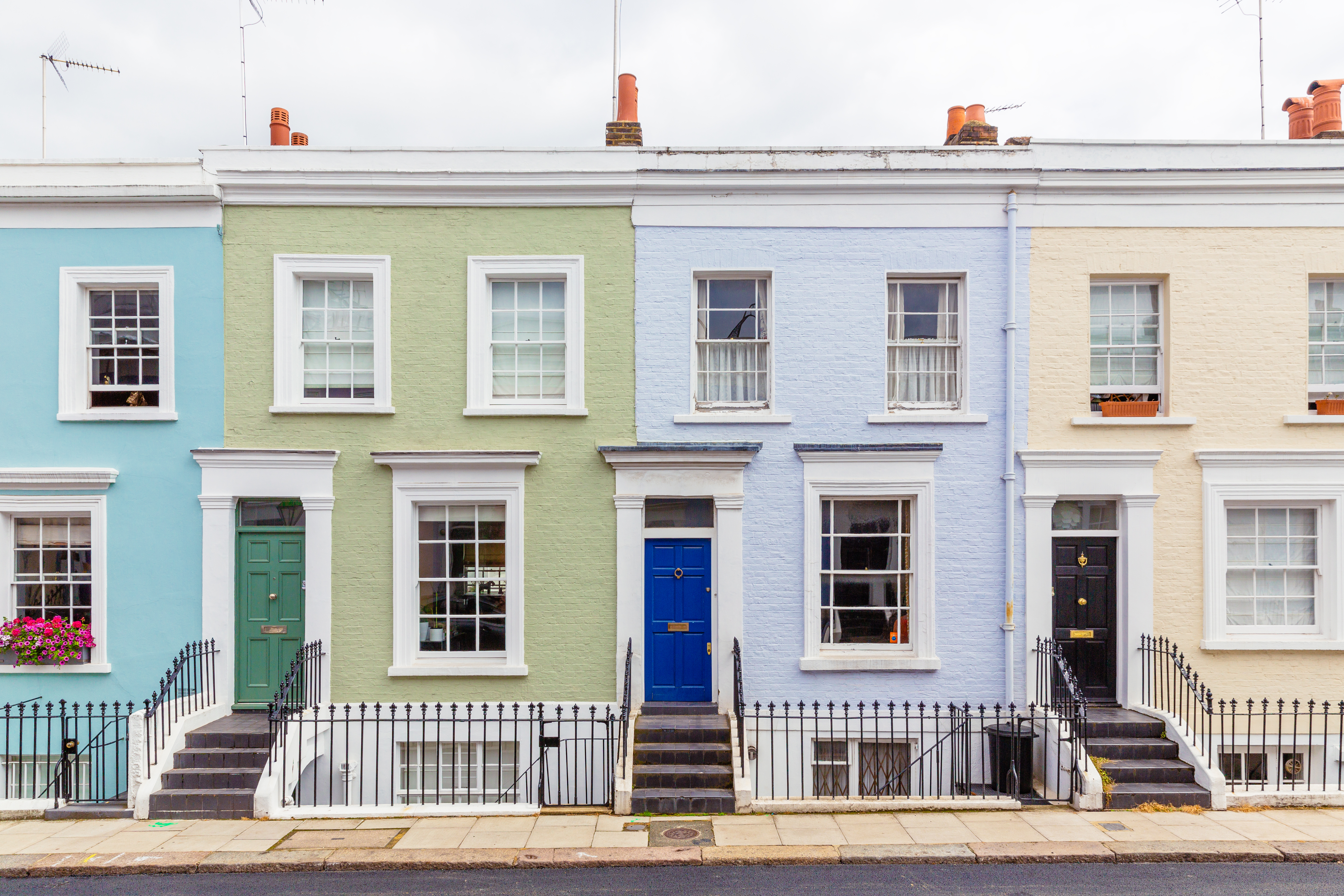 Is the 'race for space' officially over?
Is the 'race for space' officially over?During the lockdowns, many thought the countryside was the place to be. It seems many are now changing their minds.
By Annabel Dixon Last updated
